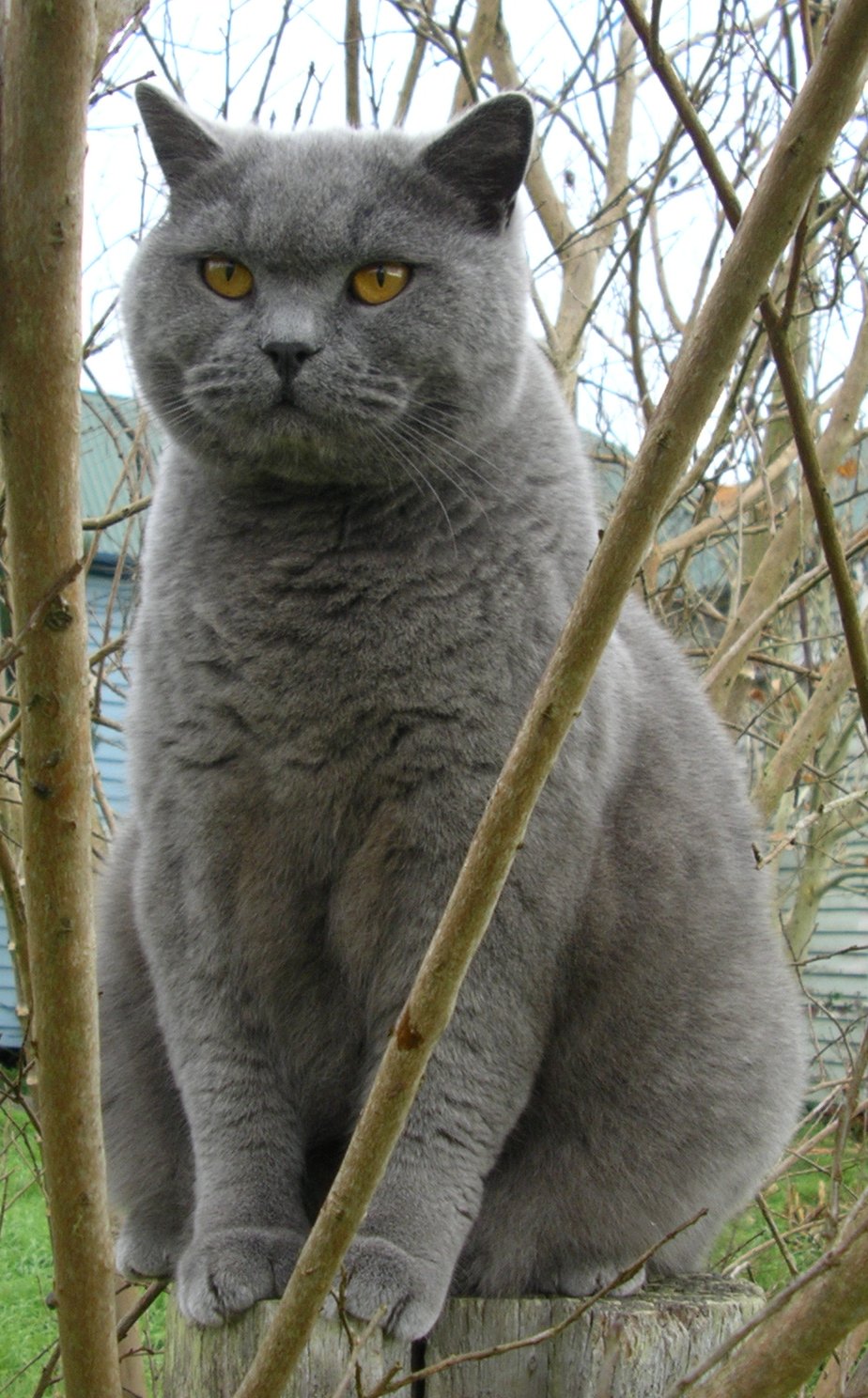
Introduction
The British Shorthair Cat, scientifically known as Felinae and commonly referred to as the British Shorthair, is a breed derived from the breeding of British Shorthair (blue-gray) and Chinchilla cats. This breed exhibits the white fur characteristic of Chinchilla cats and the essential features of the British Shorthair (blue cat).
During the breeding process of the Shaded Silver, variations in coat color emerged, including point colors such as golden points, silver points, shaded golden, and blue-shaded golden. The image below showcases an exquisite Shaded Silver with point colors.
Morphological Characteristics
Characteristic Introduction:
The underlying down is pure white. The fur on the back, sides, head, and tail is dyed with shades of smoke, gray, and blue, presenting a shimmering silver appearance. There are subtle shaded colorations on the limbs. The cheeks, ears, abdomen, and chest are pure white.
Fur Color:
Taking the fur on the back as an example, the entire strand of fur is white except for the tip, which is black. The ratio of the colored part’s length to the overall length of the fur should be between one-third and one-eighth (referred to as tipping when between one-sixth and one-eighth). Any ratio exceeding one-third or falling below one-eighth is considered a disqualification. Clearly defined patterns on the fur and limbs indicate a rare atavistic phenomenon.
The paw pads and skin are all black.
Eyes:
Blue-green and yellow-green are recognized eye colors. As the cat ages, the eye color may vary between yellow-green and green-blue, with a black eye rim.
Nose Color:
Cherry red and brick red are accepted nose colors, with a black border around the nose.
Personality Traits
The British Shorthair Silver Shaded cat is naturally lively and cheerful in temperament. They enjoy being close to people, often sticking to their owners, following them around. They adapt quickly to their environment, and generally, they have a relatively large face, giving them an adorable appearance.
Moreover, these cats are courteous and exhibit a gentlemanly demeanor. They are among the breeds with the best and most stable personalities among cats, making them particularly popular among people.
Care Guidelines
Caring for a British Shorthair Silver Shaded cat is quite similar to caring for other pet cats, with no particular areas of special attention. However, they have a more delicate digestive system compared to calico or orange cats. Therefore, it’s important to feed them easily digestible food and carefully monitor the feeding frequency and amount to prevent health issues related to digestion.
- Regularly vaccinate and perform internal and external deworming.
- Feed the Silver Shaded cat with natural cat food as the main diet, occasionally supplementing with high-protein meat cans for nutritional balance.
- Prepare daily necessities such as cat litter, cat toys, and scratching posts to ensure a clean living environment for the Silver Shaded cat.
Regarding the early feeding of kittens, for optimal growth and development, pay attention to the following:
- Follow a scientific method of feeding with small, frequent meals to avoid overeating and digestive issues.
- Consider feeding milk-based food, softened with warm water or powdered goat milk.
- Feed kittens 4-5 times a day, with each meal being approximately 10 grams.
- Ensure an adequate water supply, making sure kittens receive enough hydration each day.
Pros and Cons
The Short-haired Silver Shaded cat is highly popular among pet cats, especially favored by many girls. Let’s explore its advantages and disadvantages.
Advantages:
- Friendly Personality: The Silver Shaded cat has a gentle and affectionate nature. They are generally well-tempered, friendly, and unlikely to display temperamental behavior, making them great companions.
- High Aesthetic Appeal: With a white base color and silver-tipped fur, they possess an overall cute and sweet appearance. Their thick fur and round facial features truly captivate people’s hearts.
Disadvantages:
- Shedding: Although shedding is relatively moderate compared to long-haired cats, the Silver Shaded cat tends to shed heavily during seasonal changes. It’s important for cat owners to promptly clean up the fallen cat hair during shedding seasons.
- Fragile Health: Due to genetic factors, these cats have a weaker constitution, lower digestive ability, and are prone to illnesses. They are also susceptible to obesity. While not as prone to obesity as orange cats, their health is better when maintained at an ideal weight. Therefore, the care of Silver Shaded short-haired cats requires attention to detail to prevent health issues, which can be time-consuming and costly.
